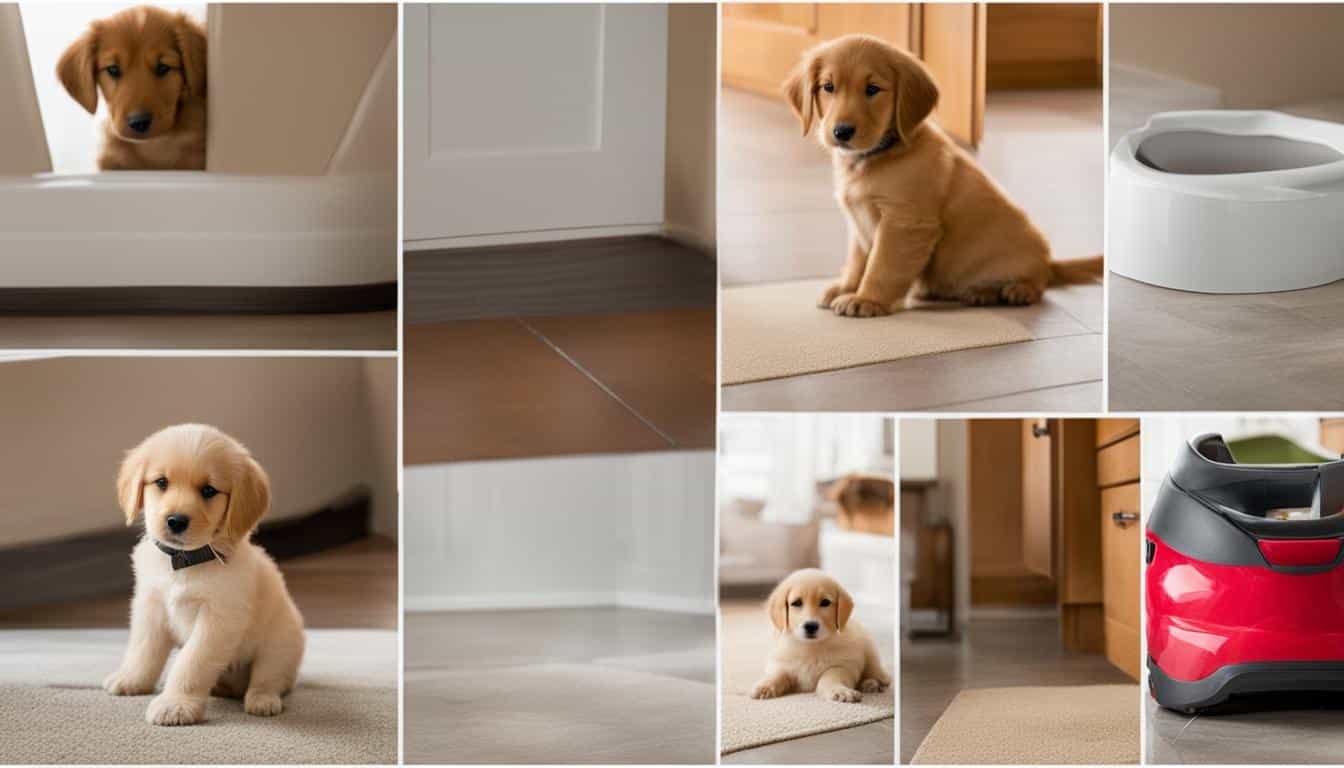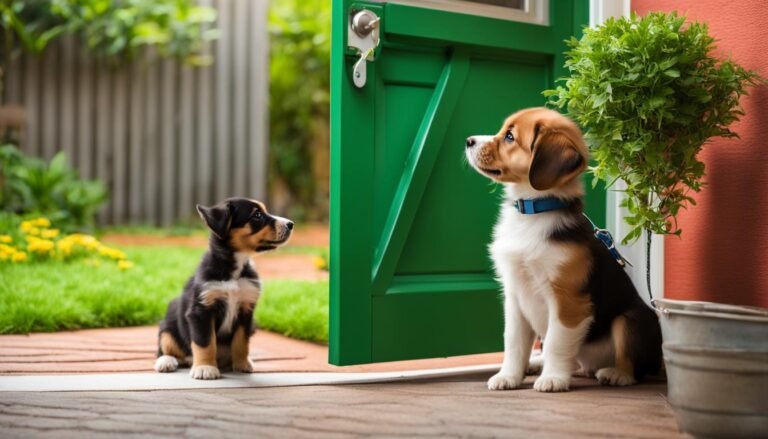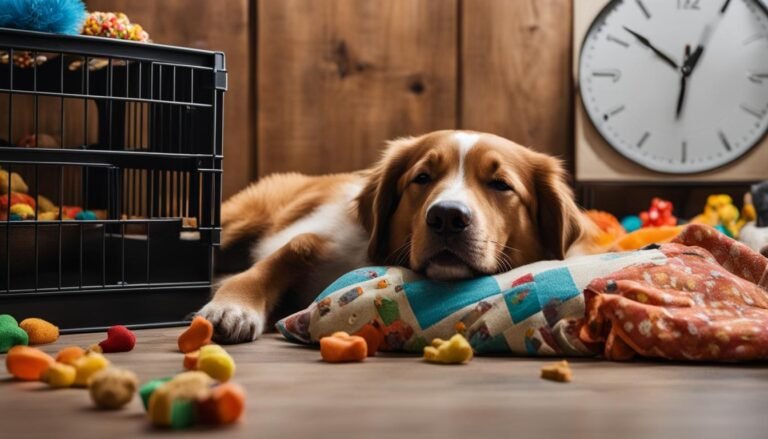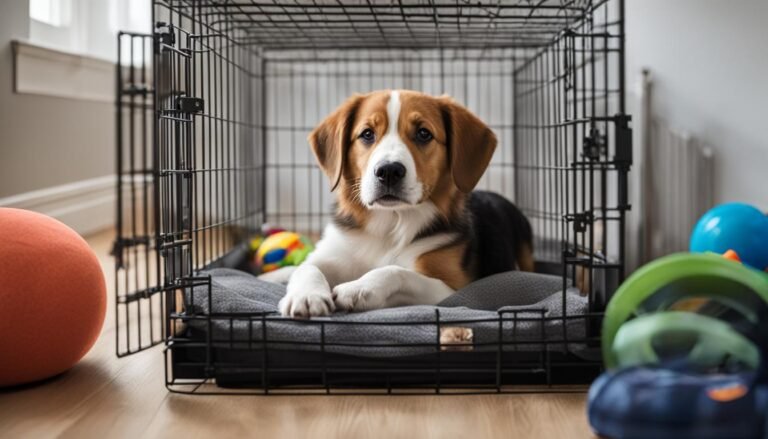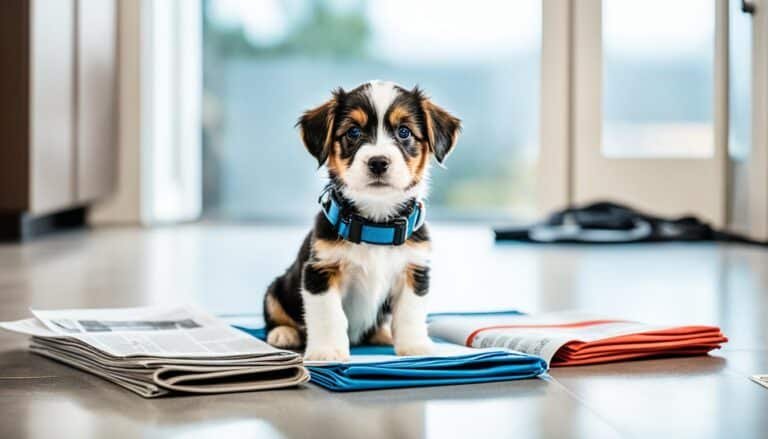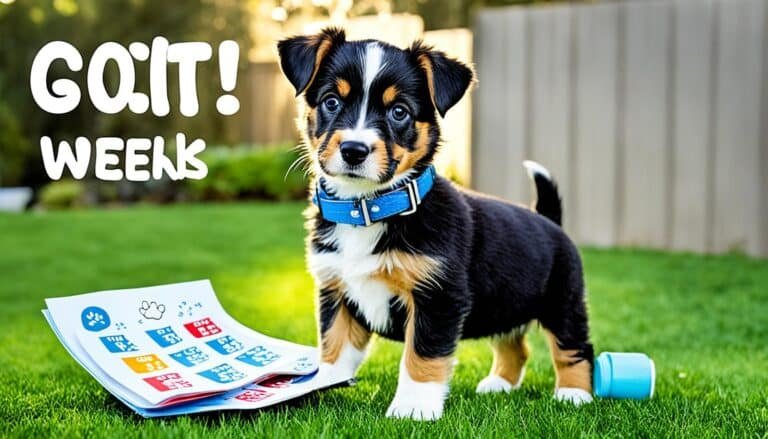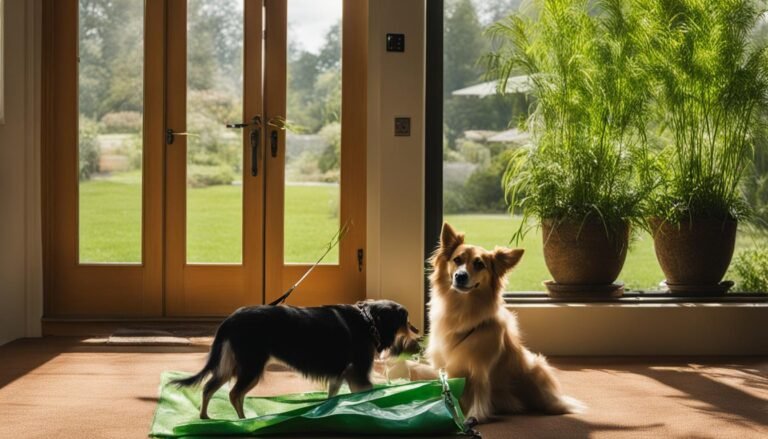How Long to House Train a Dog
House training a puppy can be both a challenging and rewarding experience. As any dog owner knows, accidents happen, carpets get soiled, and patience wears thin. But amidst the frustrations and setbacks, there are moments of triumph and joy that make it all worthwhile.
Imagine coming home to a wagging tail and a clean, accident-free house. Picture the peace of mind that comes with knowing your furry friend understands where and when to do their business. It’s a goal that may seem distant at times, but with the right approach and a lot of love, it’s an achievable one.
So, how long does it take to house train a dog? While there’s no exact timeline, it typically takes several weeks to several months to fully house train a puppy. The duration depends on various factors, including the breed, age, and individual temperament of your pup.
During the training process, it’s crucial to establish a routine and stick to it. Consistency is key. By following a structured housebreaking schedule, your puppy will learn to associate specific cues and times with going potty. Creating a predictable routine not only helps with training but also promotes a sense of security for your furry companion.
Remember, positive reinforcement is essential. Reward your puppy for successful potty breaks with treats, affection, and praise. A kind and patient approach will go a long way in building trust and fostering a strong bond with your four-legged friend.
While accidents may happen along the way, avoid punishment as it can confuse and discourage your puppy. Instead, focus on redirection and gentle correction. With time, patience, and perseverance, you’ll guide your puppy toward good potty habits.
In the upcoming sections, we’ll explore effective strategies, tips, and techniques to help you navigate the house training journey with your puppy. From daytime toilet training to dealing with accidents and even nighttime routines, we’ll cover it all.
Get ready to embark on an adventure of growth and learning with your furry companion. Together, you’ll overcome challenges, celebrate milestones, and create a solid foundation for a lifetime of companionship. Let’s dive in!
How to Toilet Train a Puppy in 5 Steps (Daytime)
When it comes to toilet training a puppy, consistency and patience are key. By following these five steps during the daytime, you can set your puppy up for success.
- Establish a routine: Take your puppy out to the designated toilet area as soon as they wake up, after eating or drinking, and every hour or so. This consistent schedule will help them understand when and where they should go.
- Be patient: It may take some time for your puppy to do their business. Wait calmly for them to go to the toilet and avoid rushing them. This will help them feel comfortable and relaxed during the process.
- Reward good behavior: When your puppy successfully goes to the toilet in the designated area, reward them with treats and plenty of praise. Positive reinforcement will reinforce the desired behavior and encourage them to continue using the right spot.
- Avoid punishment: Accidents are bound to happen, especially during the early stages of toilet training. It’s important not to punish your puppy for accidents, as this can create fear and anxiety around going to the toilet. Instead, focus on redirecting them to the appropriate spot and reinforcing good behavior.
- Consistency is key: Stick to the established routine and be consistent with your puppy’s toilet training. Avoid sudden changes or skipping potty breaks. The more consistent you are, the faster your puppy will learn.
Remember, toilet training takes time and effort. Consistency, positive reinforcement, and patience will help your puppy understand where and when to go to the toilet.
How to Toilet Train a Puppy Without a Garden
If you don’t have access to a garden, there are still options for toilet training your puppy. You can train them to use a litter tray or puppy pads indoors, similar to how indoor cats use a litter box.
To start, identify a suitable toilet area in your home where your puppy can relieve themselves. This could be a corner of a room or a specific spot on a balcony. The important thing is to have a designated space that your puppy associates with potty time.
Take your puppy to this toilet area regularly throughout the day. Puppies have small bladders and will need to go frequently, especially after meals, naps, and play sessions. Set a timer or alarm to remind yourself to take your puppy out every hour.
If indoor training is necessary for you due to lack of outdoor space, consider providing a litter tray or puppy pads in the designated area.
- A litter tray: Choose a litter tray that is appropriately sized for your puppy. Line it with absorbent and odor-neutralizing litter specifically designed for dogs.
- Puppy pads: Use disposable puppy pads designed to absorb urine. Place them in the designated area and replace them regularly.
Consistency is key when it comes to puppy toilet training. Take your puppy to the designated area every time they show signs of needing to go. Look out for sniffing, circling, or restlessness, as these may indicate that they need to relieve themselves. When your puppy successfully uses the litter tray or puppy pads, praise them and offer a treat as a reward.
Remember, accidents may happen during the training process. If your puppy has an accident outside the designated area, do not punish them. Instead, clean up the mess promptly using an enzyme-based cleaner to eliminate odors and prevent repeat accidents.
With patience, consistency, and positive reinforcement, you can successfully toilet train your puppy without a garden or outdoor space. Indoor potty training options like litter trays and puppy pads provide a convenient solution for apartment dwellers and those without access to a yard.
How to Deal with Accidents During Puppy Toilet Training
Accidents are bound to happen during puppy toilet training, especially in the early stages. It’s important to remain calm and patient throughout the process, avoiding punishment as it can hinder training and damage your relationship with your dog.
If accidents occur, it’s crucial to clean them up quickly and effectively. Use an enzyme-based cleaner specifically designed for pet stains to remove any odors that may attract your puppy back to the same spot. By cleaning up accidents promptly, you can prevent your puppy from associating that area with their bathroom spot.
Remember that getting angry or shouting at your puppy will only create fear and confusion. Instead, focus on consistent training and positive reinforcement. Reward your puppy for successfully going potty in the designated area, reinforcing the desired behavior.
Closely monitor your puppy for signs that they need to go, such as sniffing, circling, or restlessness. By paying attention to your puppy’s behavior, you can anticipate their needs and take them to the appropriate spot before accidents happen.
Key Tips for Dealing with Accidents:
- Remain calm and avoid punishing your puppy
- Clean up accidents quickly with an enzyme-based cleaner
- Focus on consistent training and positive reinforcement
- Closely monitor your puppy for signs that they need to go
By following these tips and maintaining a positive attitude, you can effectively deal with accidents during puppy toilet training and ensure a successful potty training experience for both you and your furry friend.

How to Toilet Train a Puppy at Night
Nighttime toilet training for puppies requires a slightly different approach. While you are asleep, you cannot closely monitor your puppy, and taking them outside every hour is not feasible.

Crate training can be beneficial for nighttime potty training, as most puppies will try to avoid soiling their sleeping area. Set up a crate or playpen beside your bed and take your puppy out to the toilet area before you go to sleep. Be prepared to get up in the middle of the night to take your puppy out, as they have small digestive systems and limited bladder control.
Gradually increase the time between nighttime potty breaks as your puppy gets older and gains bladder control.
Tips to Speed Up House Training a Puppy
If you’re looking to speed up the house training process for your puppy, there are a few tips that can help you achieve your goal. One important aspect is establishing a potty training routine. By keeping track of your puppy’s potty habits, you can identify patterns and schedule regular potty breaks, which will help them develop a consistent routine.
Another effective tip is to create a puppy feeding schedule that aligns with their potty training needs. By regulating their feeding times, you can also regulate their elimination times, making it easier for you to anticipate when they’ll need to go. This will provide you with more consistent potty times and minimize accidents.
Bell training is another useful technique for speeding up house training. By attaching a bell to the door handle and teaching your puppy to ring it when they need to go outside, you’ll establish a clear communication method. This helps reinforce their understanding of where and when they should go potty, reducing the chances of accidents.
Lastly, it’s important to remember that accidents can happen during the house training process. Instead of punishing your puppy for accidents, focus on positive reinforcement. Praise and reward your puppy when they have successful potty breaks. This will create a positive association and motivate them to continue their good behavior.
By following these tips, establishing a routine, and using positive reinforcement, you can speed up the house training process for your puppy. Remember to be patient and consistent, as each puppy learns at their own pace. With time and dedication, your furry friend will develop the proper habits and become a well-trained member of your family.
